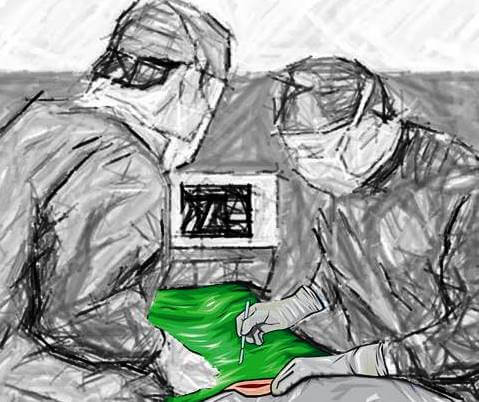Most patients have only one operation in their lives and to them, it is of great concern and a Solemn Occasion, though it is just another Appendix/Hernia/TKR to the Surgeon. Being a part of a surgical team is where one shares their knowledge, experience and responsibility with the others. This…
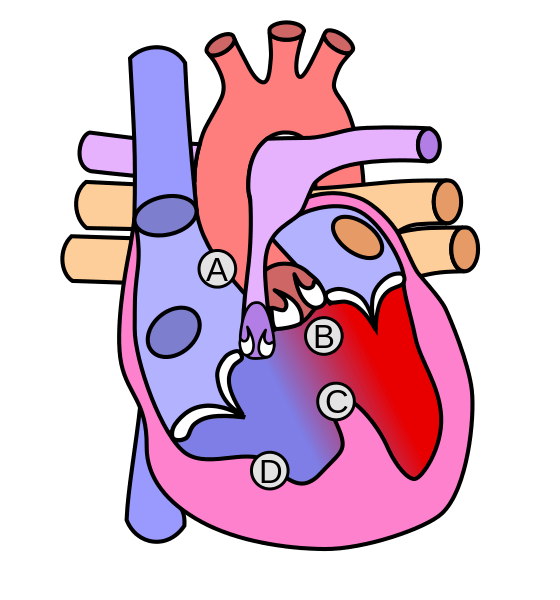
Case of Cyanotic Congenital Heart Disease : PGE1 saves life
A Single Male baby was born at 38 weeks of gestation with birth weight of 3.1 kg through Normal vaginal delivery. At birth the child had cried immediately. At 15 minutes of life, the child developed central cyanosis. There was no respiratory distress and heart rate was normal range. Child…
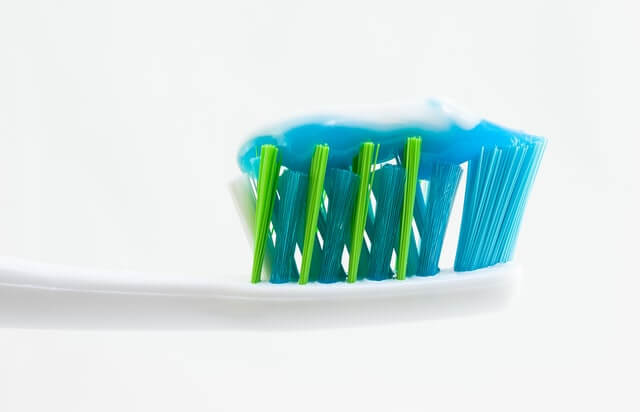
The Management Of Periodontal Disease In The Face Of Waning Dental Care Resources
Periodontal disease remains one of the most common dental diseases affecting Americans today. Deemed as a leading cause of tooth loss, periodontal disease can also result in pain, swelling or sensitivity in branches of the facial nerves. According to the CDC, over 47 percent of Americans aged 30 and older currently live with…
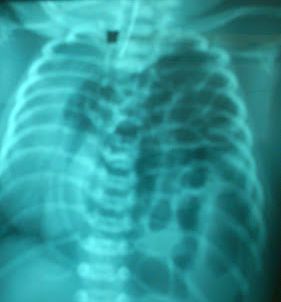
A Classical case of Congenital Diaphragmatic Hernia
A Single/ Term Male Baby weighing 3.0 kg was delivered via emergency LSCS for fetal distress who was prenatally diagnosed to have congenital diaphragmatic hernia in utero. He was born with Apgar score 4/10, 6/10, was immediately intubated and transferred to NICU. After stabilization, he was kept under the ventilator…
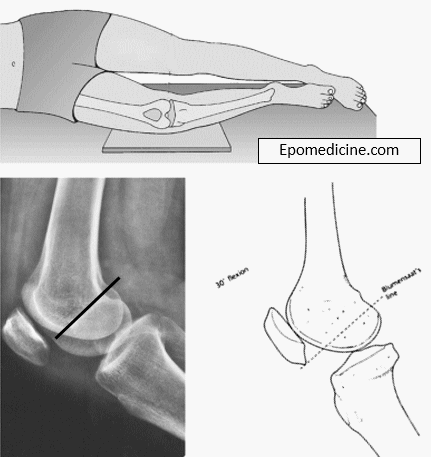
Blumensaat line
Synonym: Intercondylar line, Blumensaat’s line Definition of Blumnesaat line It is the tangent drawn along the roof of intercondylar notch or fossa of the distal femur on the saggital or lateral view. Morphologic variations of Blumensaat line (Iriuchishima’s classification) Straight type (35%): appear more or less straight Small hill type…
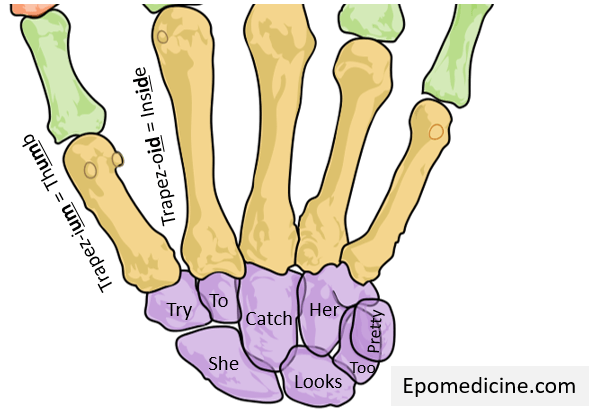
Carpal bones – Mnemonic
There are certain well-known sentences used as a mnemonic to remember the names and arrangement of the 8 carpal bones in 2 rows. She Looks Too Pretty, Try To Catch Her Some Lovers Try Positions That They Cannot Handle So using this mnemonic, we will learn the arrangement of the…
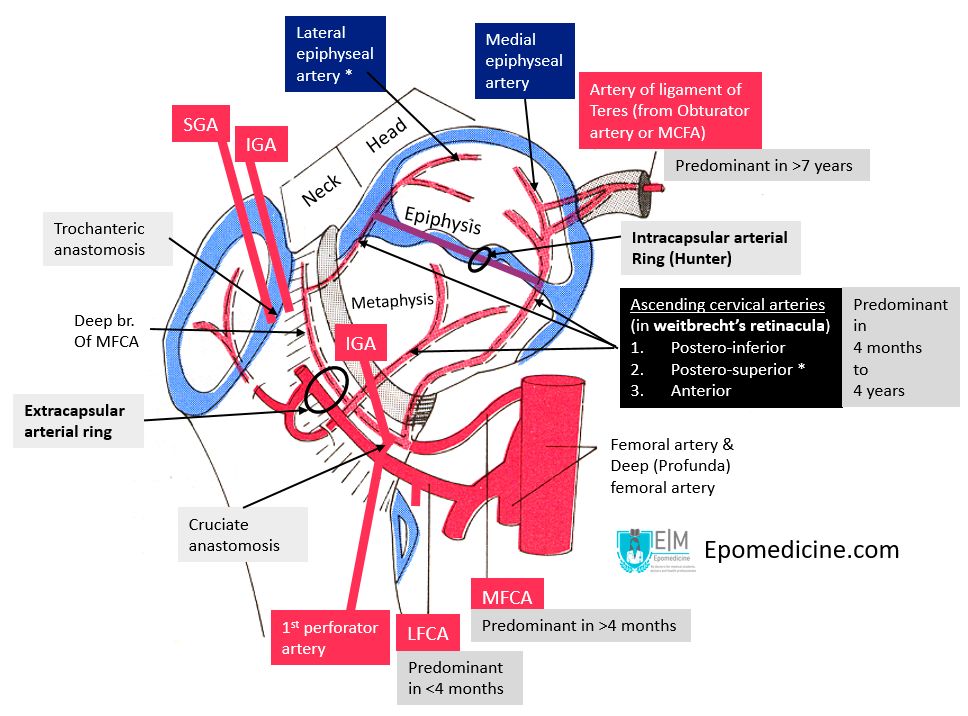
Blood supply of femoral head
Three sources of Blood supply Vascular arragement of Proximal Femur a. Extracapsular ring (At the base of femoral neck) These circumflex femoral arteries branch from: Trochanteric anastomosis (centered on trochanteric fossa): Descending branch of SGA + ascending branch of LFCA, MFCA and IGA Cruciate anastomosis (centered on lesser trochanter): Descending…

Three Eating Habits That Are Eroding Your Internal Defenses
The relentless onslaught of the global coronavirus pandemic has brought a range of startling realizations with it. One of the most important things we have realized from a health perspective is the role of a bolstering immune system in guarding us against airborne disease. Fortifying our internal defenses requires the…
